 1988 Volkswagen Jetta II (2-doors, facelift 1987) Dimensions, Size & Specs
1988 Volkswagen Jetta II (2-doors, facelift 1987) Dimensions, Size & SpecsMeasurements of the 1988 Volkswagen Jetta II, engineered for optimal performance and comfort
| Dimensions | |
|---|---|
| Length: | 4385 mm172.6 in14.4 ft |
| Width: | 1675 mm65.9 in5.5 ft |
| Height: | 1415 mm55.7 in4.6 ft |
| Trunk Capacity: | 575 liter20.3 cu ft |
| Weight Specifications | |
| Curb Weight: | 965 kg2127 lbs |
| Maximal permitted Weight: | 1470 kg3241 lbs |
| Tire Specifications | |
| Rims Size: |
|
| Tire Size: |
|
The Volkswagen Jetta II 2-door sedan, produced between 1987 and 1991 with the 1988 model year being a key representative, offers a balanced blend of compact design and practical space for its era. This facelifted second-generation Jetta variant features a length of 4385 mm (172.6 inches), a width of 1675 mm (65.9 inches), and a height of 1415 mm (55.7 inches). These dimensions provide a streamlined profile that is typical of late 1980s sedans, ensuring easy maneuverability in urban and suburban settings. Weighing a curb weight of 965 kg (2128 lbs) and a maximum permissible weight of 1470 kg (3241 lbs), the Jetta II maintains a relatively light footprint, contributing to its fuel efficiency and agile handling characteristics. The sedan’s luggage capacity stands out at 575 liters (approximately 20.3 cubic feet), making it well-suited for everyday commuting and longer trips where luggage space is a priority. The vehicle is equipped with 13-inch rims paired with tires sized 175/70 R13, which complement the car’s overall ride quality and road grip. The Volkswagen Jetta II 2-door facelift model remains a noteworthy example in the compact sedan category, combining classic Volkswagen reliability with dimensions that offer a practical balance between interior comfort and exterior size. Whether for enthusiasts seeking a vintage model or buyers comparing car sizes, the Jetta II provides an insightful reference point for late 1980s sedan design and functional ergonomics.
Discover the standout features that make the 1988 Volkswagen Jetta II a leader in its class
Have a question? Please check our knowledgebase first.
The 1988 Volkswagen Jetta II facelift measures 4385 mm (172.6 inches) in length, 1675 mm (65.9 inches) in width, and 1415 mm (55.7 inches) in height. These dimensions reflect the compact sedan form factor typical for this generation and provide a good balance between interior space and urban maneuverability. Its size suits both city driving and longer journeys without sacrificing comfort.
The curb weight of the 1988 Volkswagen Jetta II facelift is approximately 965 kilograms (2128 lbs). The maximum permissible weight (gross vehicle weight rating) is 1470 kilograms (3241 lbs). This weight range allows the vehicle to carry passengers and cargo efficiently while maintaining good fuel economy and handling characteristics for a compact sedan.
The Volkswagen Jetta II facelift from 1988 offers a generous luggage capacity of 575 liters (approximately 20.3 cubic feet). This is quite spacious for a compact sedan of its era and often exceeds the cargo space of many competitors from the late 1980s. The rear seats can typically fold down or have a pass-through feature in some models, enhancing cargo flexibility for larger items.
Yes, the 1988 Volkswagen Jetta II facelift easily fits into a standard garage. With its length of 4385 mm (172.6 inches), width of 1675 mm (65.9 inches), and a height of 1415 mm (55.7 inches), it remains compact enough to fit comfortably in garages built to standard dimensions, which are typically around 6 meters (20 feet) deep and 3 meters (10 feet) wide. This makes it practical for owners with typical home garages.
The 1988 Volkswagen Jetta II facelift is equipped with 13-inch rims, paired with tires sized 175/70 R13. This tire and rim combination was common for compact cars of that era, offering a good balance between ride comfort, handling, and fuel efficiency. The 175 mm width and 70% aspect ratio provide ample grip while maintaining a comfortable ride quality.
Compared to the original Jetta I generation, which was produced from 1979 to 1984, the 1988 Jetta II facelift is slightly longer and broader, reflecting a trend towards larger dimensions to improve interior comfort and road presence. The Jetta II ranges about 4385 mm (172.6 inches) long, while the Jetta I was around 4260 mm (167.7 inches) in length. Width and height have also increased modestly, providing more passenger space and trunk capacity, while maintaining a compact sedan profile.
Dimensionally, the 1988 Volkswagen Jetta II facelift compares favorably with similar compact sedans from the late 1980s, such as the Honda Civic, Toyota Corolla, and Ford Escort. With a length of 4385 mm (172.6 inches) and width of 1675 mm (65.9 inches), the Jetta II is slightly larger than many rivals, especially in luggage capacity (575 liters or 20.3 cubic feet). This larger cargo space was one of its competitive advantages, while its modest height of 1415 mm (55.7 inches) helped maintain good aerodynamics and styling.
The 1988 Volkswagen Jetta II facelift is primarily available as a sedan with a 2-door configuration in this specific generation and facelift iteration, which means it features two main doors for passenger entry rather than four. This body style often appeals to buyers looking for a sportier or more streamlined appearance, offering easier access to the front seats with rear seats accessed by folding the front seats forward. Other Jetta II variants may include 4-door sedans not covered here.
The 1988 Volkswagen Jetta II facelift benefits from a well-balanced compact size that offers ample interior and luggage space while maintaining easy handling and good fuel economy. Its light curb weight of 965 kg (2128 lbs) contributes to nimble driving dynamics and efficient acceleration. The relatively large luggage capacity (575 liters) sets it apart from many competitors in its segment. Its dimensions also ensure it fits comfortably in standard garages while providing comfortable seating for four to five passengers, making it an ideal compact sedan for daily commuting and family use.
At a curb weight of 965 kg (2128 lbs), the 1988 Volkswagen Jetta II facelift is relatively lightweight for its class, which positively impacts both performance and fuel efficiency. A lighter vehicle requires less energy to accelerate and brake, resulting in more responsive handling and shorter stopping distances. Additionally, lighter cars generally consume less fuel, which can lead to cost savings over time. Compared to heavier sedans that might weigh upwards of 1200-1500 kg, the Jetta II delivers a more engaging driving experience and better economy, especially important in an era when fuel prices were a key consideration for buyers.
Discover similar sized cars.

| Production: | 1990-1997 |
|---|---|
| Model Year: | 1990 |
| Length: | 4400-4430 mm173.2-174.4 in |
| Width: | 1700-1715 mm66.9-67.5 in |
| Height: | 1390-1410 mm54.7-55.5 in |
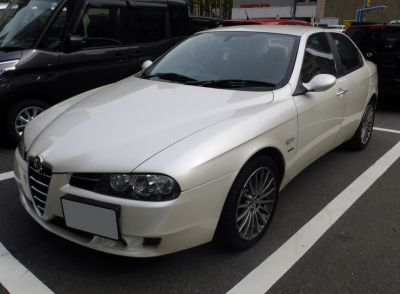
| Production: | 2003-2006 |
|---|---|
| Model Year: | 2003 |
| Length: | 4435 mm174.6 in |
| Width: | 1745 mm68.7 in |
| Height: | 1430 mm56.3 in |
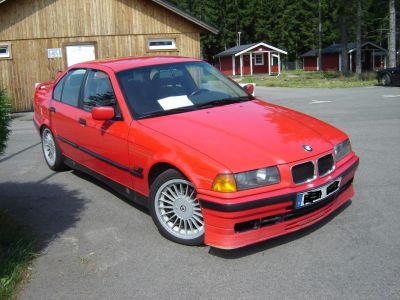
| Production: | 1992-1993 |
|---|---|
| Model Year: | 1992 |
| Length: | 4325 mm170.3 in |
| Width: | 1645 mm64.8 in |
| Height: | 1370 mm53.9 in |

| Production: | 1998-2005 |
|---|---|
| Model Year: | 1998 |
| Length: | 4400 mm173.2 in |
| Width: | 1720 mm67.7 in |
| Height: | 1410 mm55.5 in |
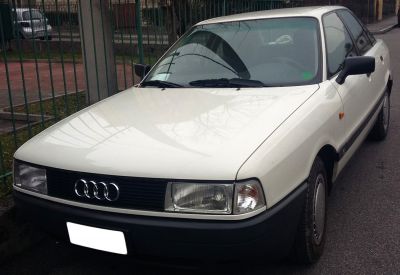
| Production: | 1986-1991 |
|---|---|
| Model Year: | 1986 |
| Length: | 4393 mm173.0 in |
| Width: | 1695 mm66.7 in |
| Height: | 1397 mm55.0 in |
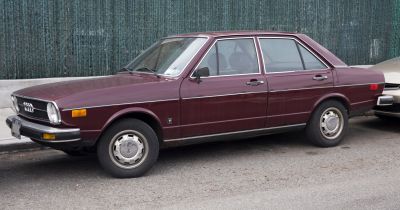
| Production: | 1973-1979 |
|---|---|
| Model Year: | 1973 |
| Length: | 4369 mm172.0 in |
| Width: | 1643 mm64.7 in |
| Height: | 1361 mm53.6 in |
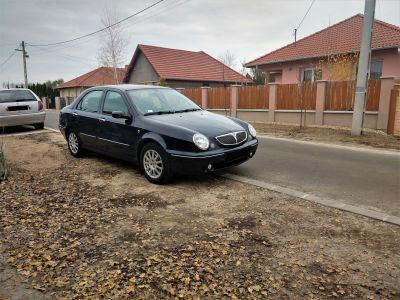
| Production: | 1999-2005 |
|---|---|
| Model Year: | 1999 |
| Length: | 4466 mm175.8 in |
| Width: | 1743 mm68.6 in |
| Height: | 1462 mm57.6 in |
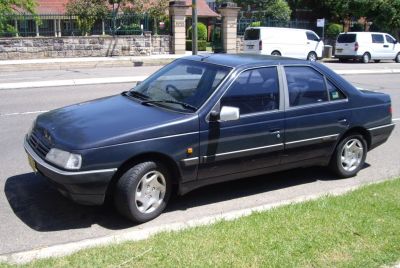
| Production: | 1992-1996 |
|---|---|
| Model Year: | 1992 |
| Length: | 4408 mm173.5 in |
| Width: | 1694-1714 mm66.7-67.5 in |
| Height: | 1390-1406 mm54.7-55.4 in |
